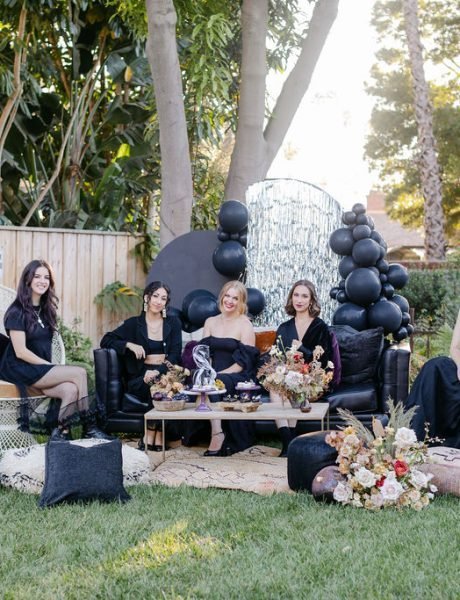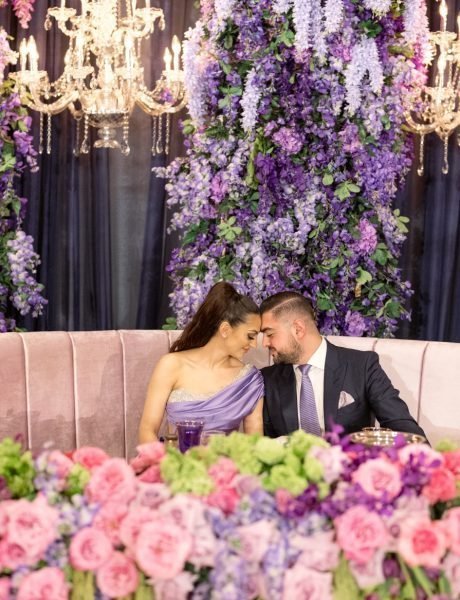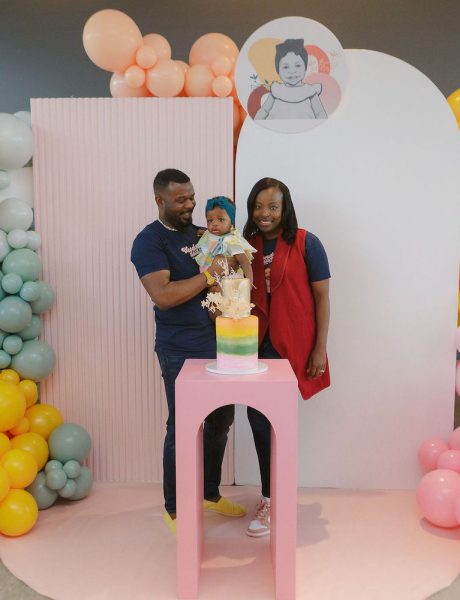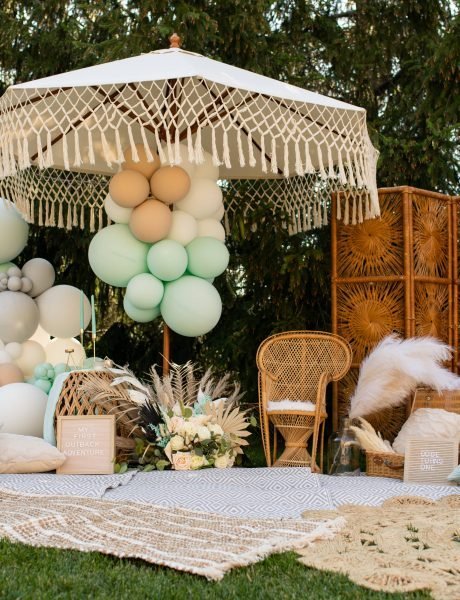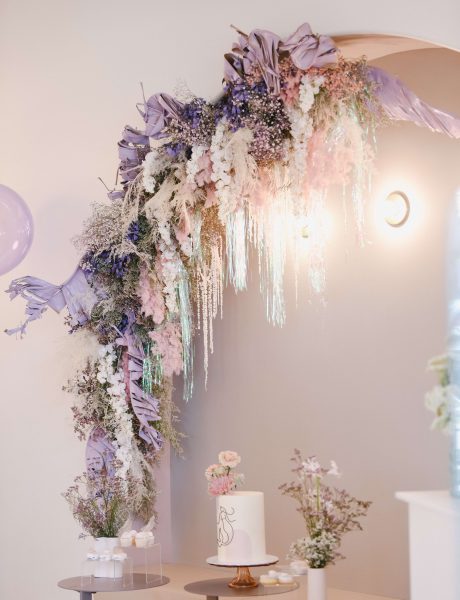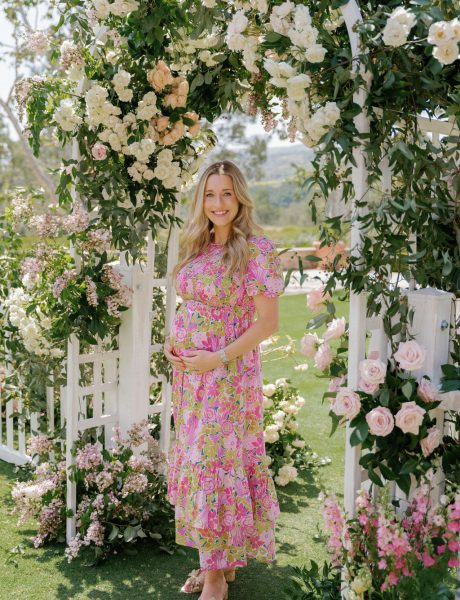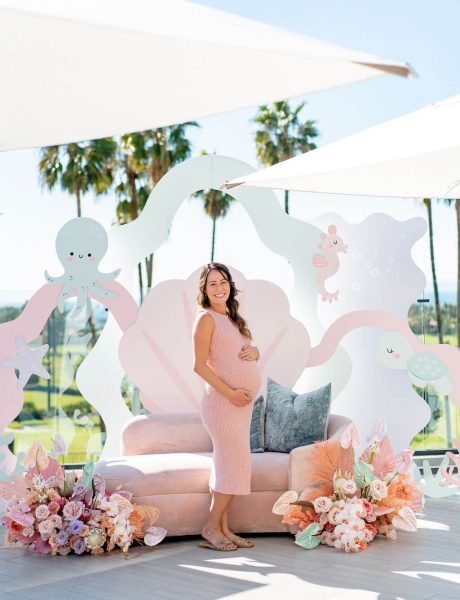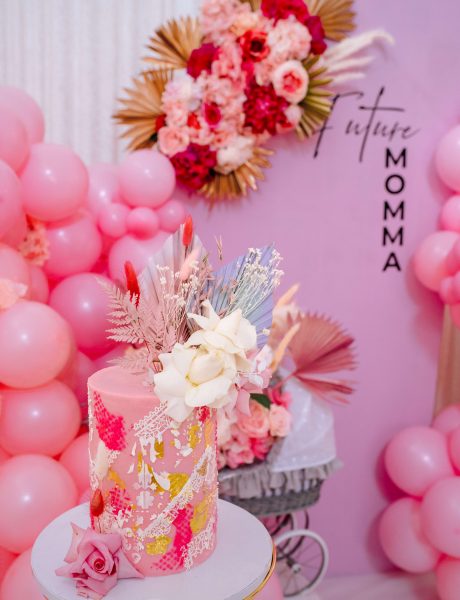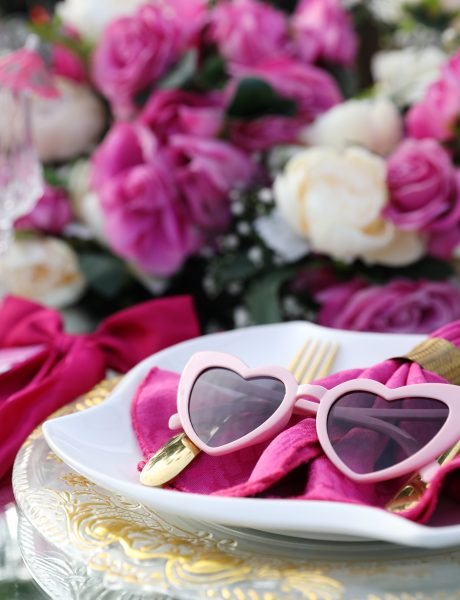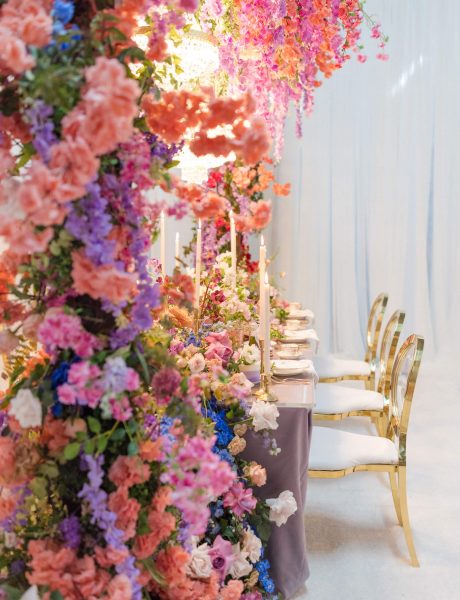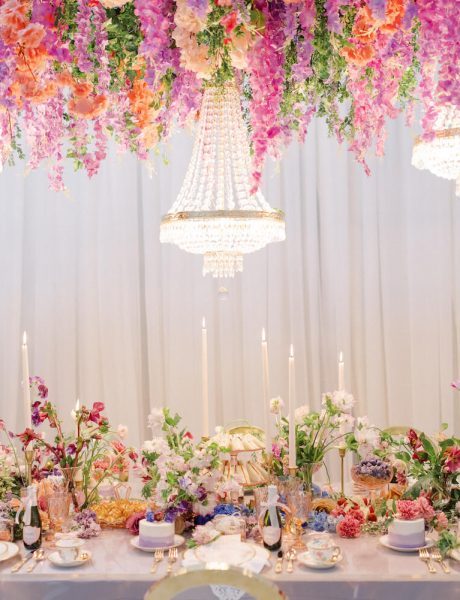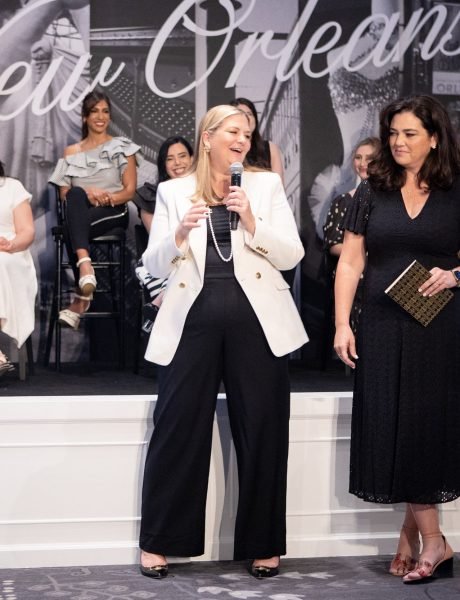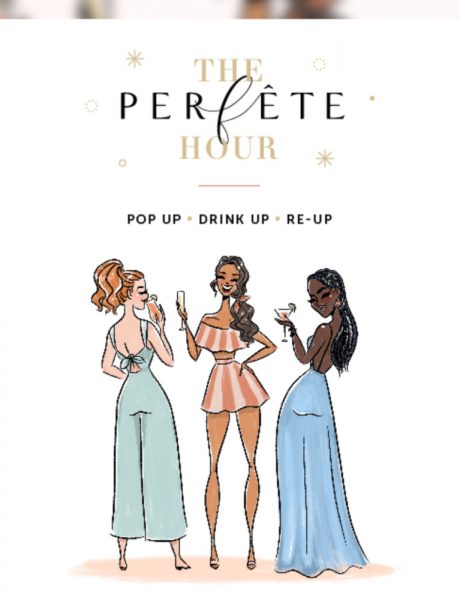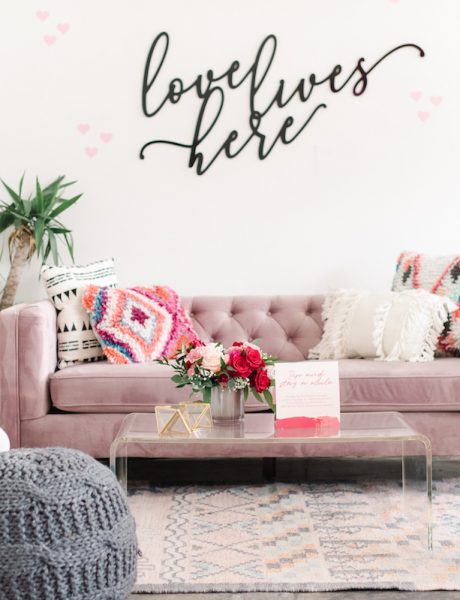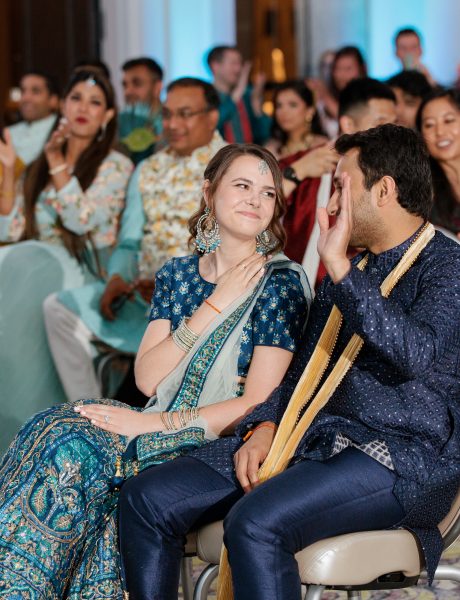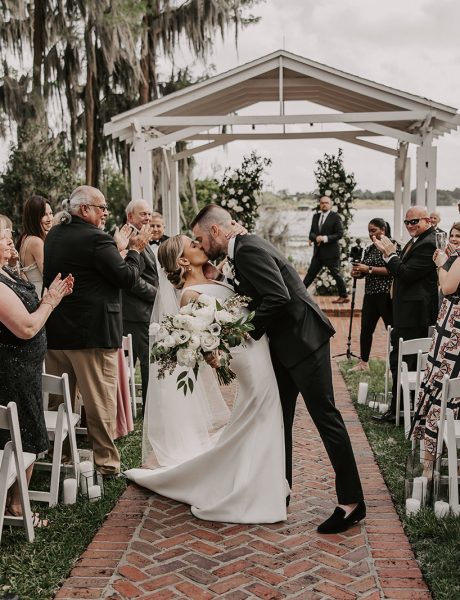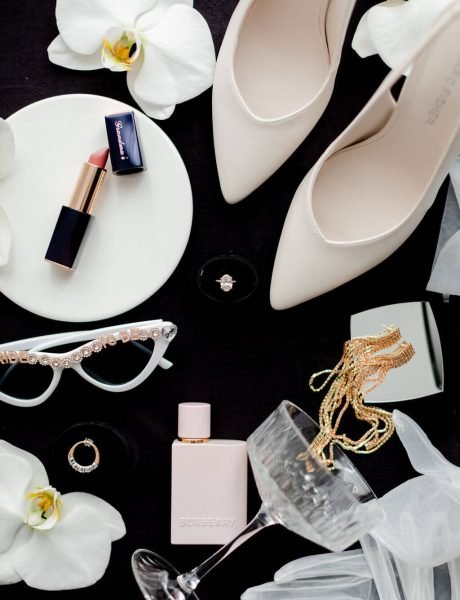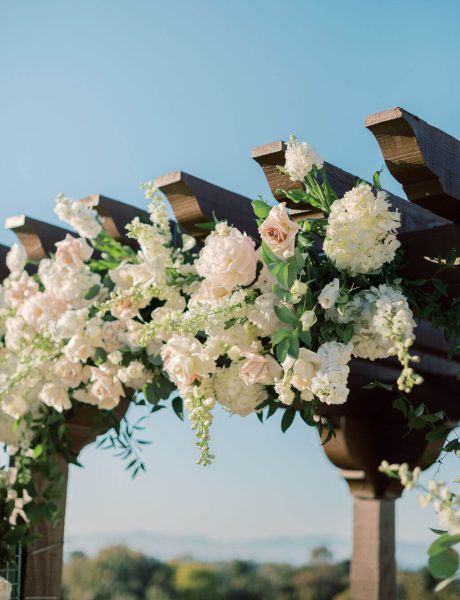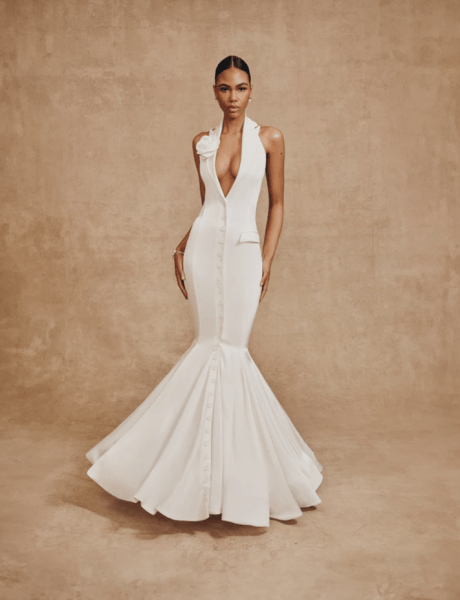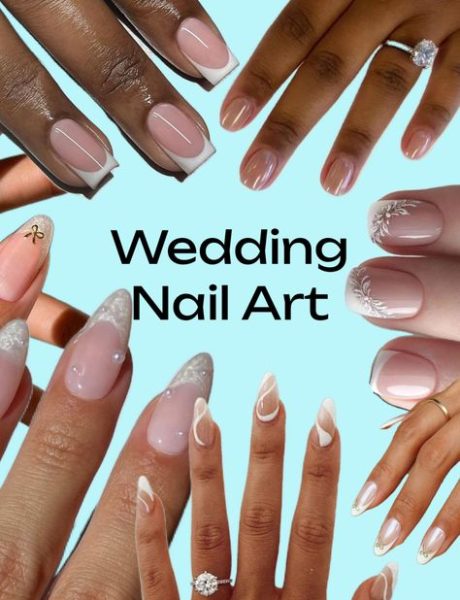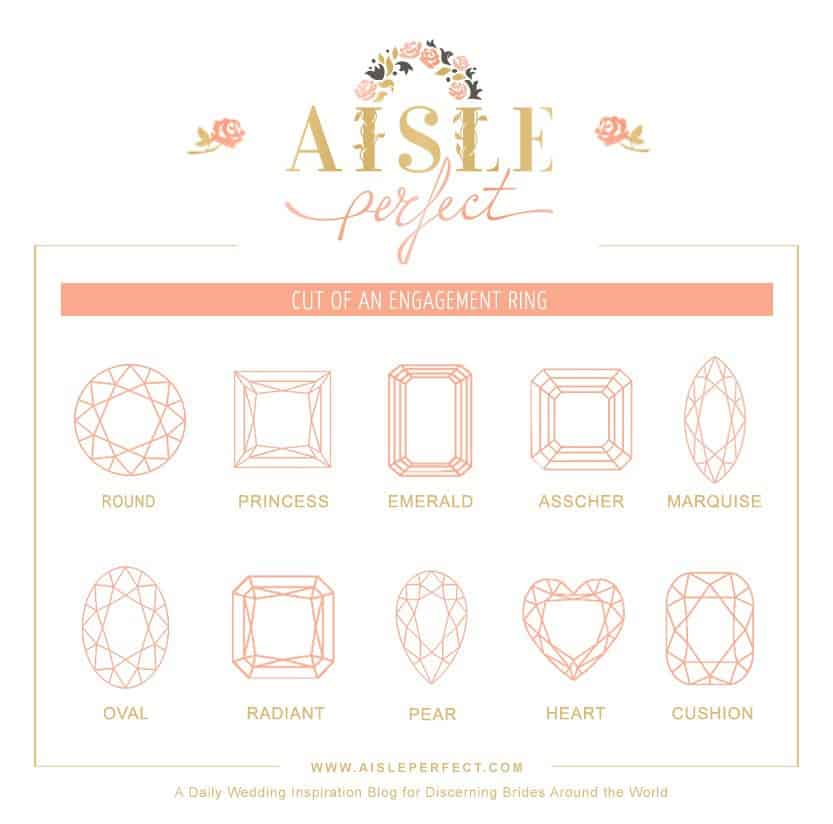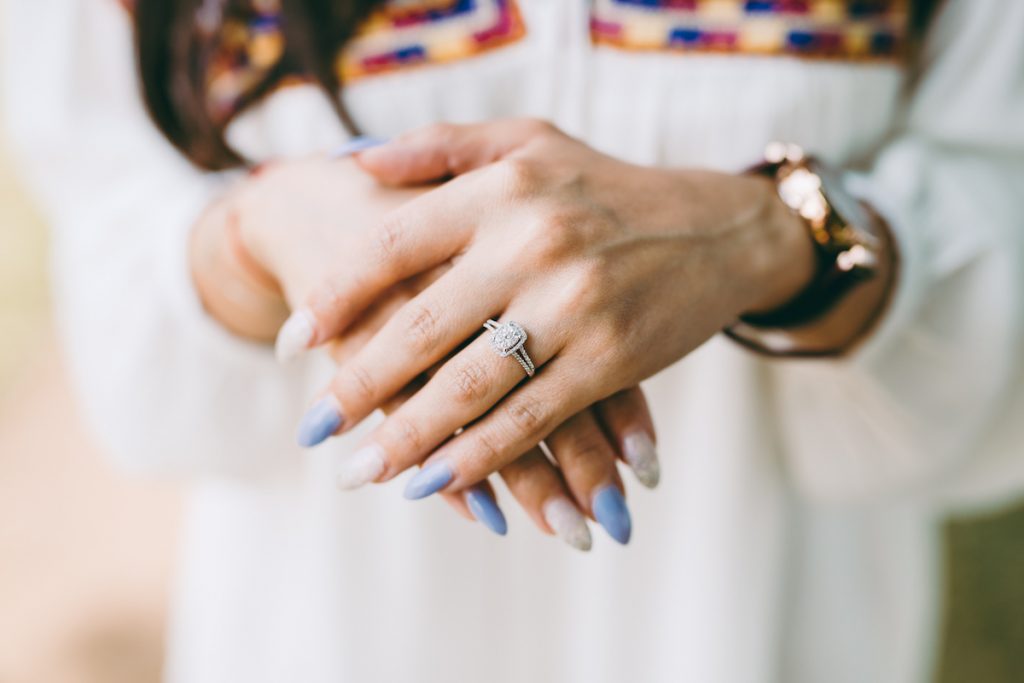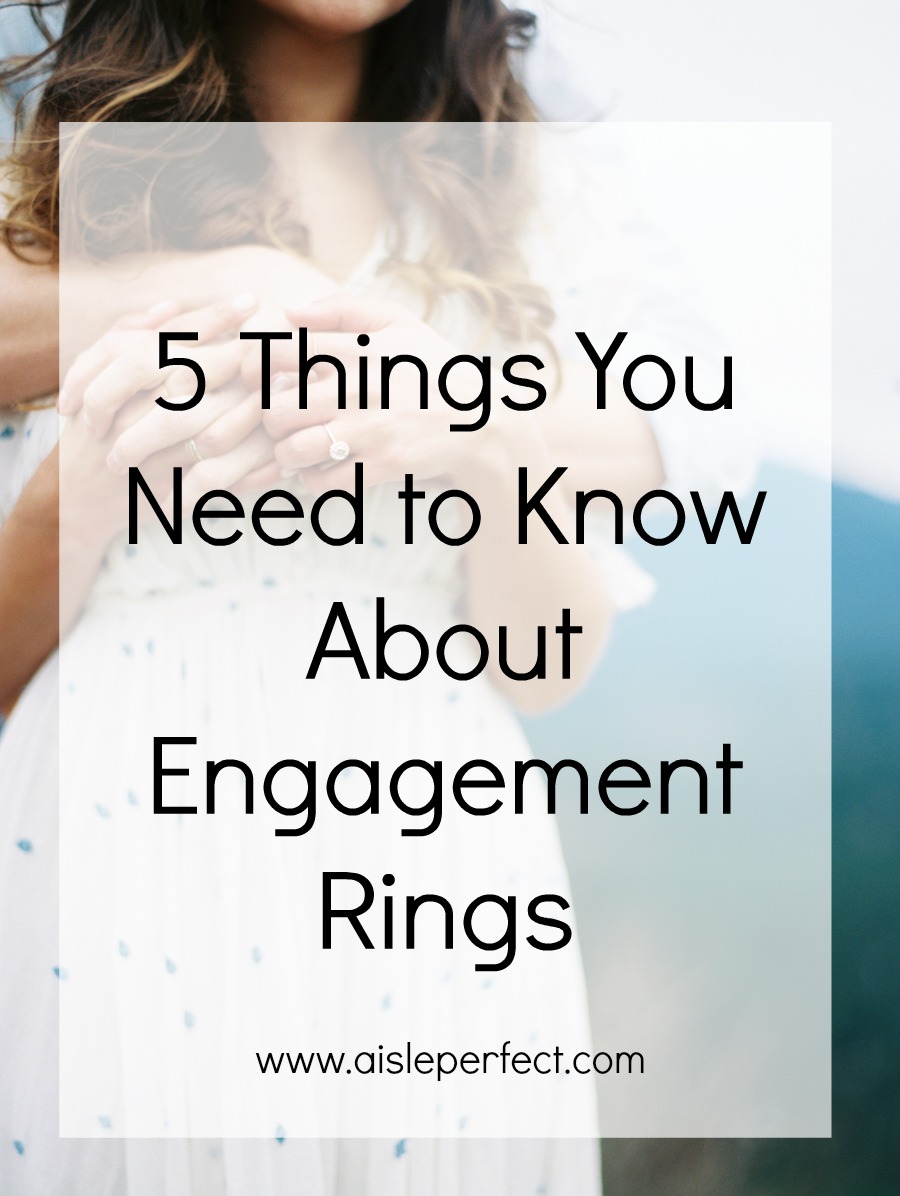
The quest for the perfect engagement ring can be quite overwhelming. There’s a lot of things to consider before and after buying the bling. As your fairy bride-mothers,we’ve put together a few things we feel you need to know about engagement rings.
1. Where to Start:
- Set a Budget: Forget society’s expectations, please please please, be realistic about how much you can afford to spend on a ring. The going average is about $5k so you can keep that in mind for guidance.
- Determine the Ring Size: This is a tricky one for the buyer so if you’re shopping for your significant other, maybe recruit a friend to find out their ring size or have one of their rings measured so you have an idea. In general, it’s easier to size down than size up.
- Gather Ideas: One of the benefits of the internet is that it’s chockfull with pictures. Take some time to gather what you like so it narrows down what you’re looking for.
2. What to Look for:
Armed with the info in point 1, you can move on to actually shopping for the ring. I’m sure you’ve heard people refer to the “4c’s” of diamonds. Here’s what that means:
- Carat is probably the most popular factor in this “bigger is better” world. The Carat refers to the weight of a diamond, with each carat equivalent to .2 grams. You should note that a same diamond could look bigger or smaller on different finger sizes. For example, a .5 ct diamond may look like a 1 ct on a size 4 finger while looking like a ‘.3ct’ on a size 7 finger.
- Color(or lack of it) is something you definitely want to keep in mind. A diamond’s color is ranked on a scale of D to Z with D being completely colorless and Z being yellowish brown to the eye.
- Clarity refers to the extent of a diamond’s flaws, both on the outside of the stone (blemishes) and internally (inclusions). Many of these inclusions aren’t visible to the naked eye so you can compromise a whole lot on clarity to go better in some of the other categories. Clarity ranges from F (flawless) to I (imperfect) -I1, I2 and I3.
- Cut refers to the diamond’s symmetry, proportioning and polish. Ranked on a range from Ideal to Poor, a diamond’s cut is its perceived quality and determines how light will pass through the diamond, and therefore how sparkly it will be.
Of course the 4c’s aren’t the only things to keep in mind when shopping for the ring, especially since you could decide to go with a different gemstone (sapphire, emerald, ruby, etc.) for your engagement ring. You should also consider the setting of the ring before you take the plunge.
3. How to Care for It:
If you’re lazy like me, the first question you have in your head is how much work you have to do to keep your ring safe. Trust me beloved, not too much. Diamonds are strong and resilient so as long as you do the basics, you should be okay. There are however, a few things to keep in mind:
- Cleaning: Your ring like your car, needs to be cleaned from time to time. There are quite a few jewelry cleaners out there but you can totally try this Homemade Jewelry Cleaner for an affordable DIY option.
- Visit the Jeweler from time to time. They’ll take a look at the ring for any vulnerabilities and they’ll give it a good shine.
- Take the ring off when you’re doing involved activities like gardening or swimming (chlorine and saltwater are damaging to jewelry).
- Store your ring in a clean, dry place. Preferably in a fabric-lined jewelry case, or in a box with compartments to prevent your pieces from scratching each other.
4. Insurance:
As with anything else of high financial and sentimental value, your engagement ring needs to be properly protected. This is why companies like Jewelers Mutual Insurance Company exist. Jewelers Mutual® is an insurance company that is dedicated exclusively to insuring jewelry.The company was started in Wisconsin by jewelers for jewelers over 100 years ago, so you know they’re the real deal. Their policies offer worldwide travel coverage, the flexibility to work with your own jeweler, and flexible deductible options that is good news if you’re prone to mishaps like me. Their coverage spans just about any situation you can think of: Lost your ring? Covered. Ring stolen? Covered. Unsure of what happened to it, but you can’t find it? Covered. Jewelers Mutual is the Beyonce of ring insurance. As they’ve only covered jewelry for over 103 years, they do it better than anyone else, so you know your ring is in the right hands. What else could you want?
5. The Wedding Band:
Last but not least, you should keep your wedding band in mind when selecting your engagement ring. For one, because you would ideally want a band that pairs well with your bling. Whether you’re going for the stand out contrast band, or a wedding ring that sits “flush” (fits perfectly with the engagement ring and does not leave a gap on the finger)- these are some of the questions you have to keep in mind.
- Style: To match or not to match… that is the million dollar question when shopping for your band. Do you match with your engagement ring? Do you match with your partner’s band?
- Metal:
- Gold is about 70 to 75% pure, and is mixed with other metals like copper, silver, nickel and rhodium to make it strong. 18K gold is recommended by jewelers for a longer lasting finish. 14K gold is the lowest jewelers recommend going to maintain the color and shine of the ring over years. For most brides, both yellow and white gold are a good affordable option that will complement the stone (a plain 14-karat gold band starts at about $350). Alternatively, Rose gold is tinted with copper and is highly durable and makes for a gorgeous statement ring.
- Platinum is a very durable, white metal, which will protect and complement a diamond’s color. Platinum maintains its look over years while gold may go dull after a while. A simple platinum band starts at about $1000.
- Palladium, a silver-white metal, similar in looks to platinum, is an increasingly popular option, as it’s durable, hypoallergenic and far less expensive than platinum.
- Titanium and Tungsten are also popular metals for bands (especially for men). They are SO durable and perfect for very active folks. However, they can’t be resized.

